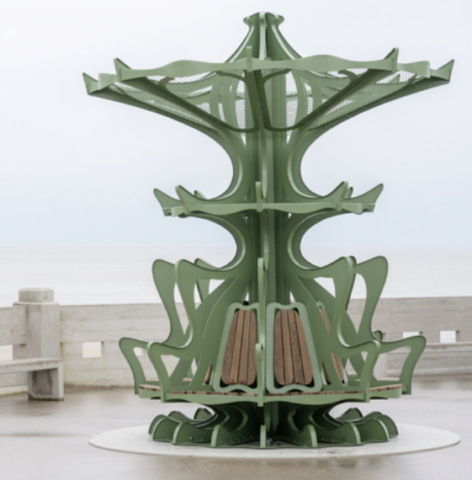In the Middle – The Path Issue
By Jo Phillips
It is hard to define the timeline of Mid-century modern. Some limit the era to between 1947 and 1957, some 1950 to 1965. Our story starts in the lead up to the Second World War, as Scandinavian designers are moving away from the “machine” ethos of the Bauhaus and taking chair design to a place where nature dominates again. As the war starts and Jewish designers are forced to find safe havens in places like Sweden, the UK and US, a spanner is thrown into the works. Supplies of materials like wood and canvas are diverted to the war effort and designers have to adapt to any material they can lay their hands on, reacting and changing to their environment like chameleons moving from rock to leaf.
The design profession thrives on uncertainty better than most. Take away metal and the artist will head for the woods. Challenged by a shortage of cord or rope they might use raffia, paper or cellophane for a woven seat. Take away fabric and padding and the designer will look for alternatives. Constraint, one of Charles Eames’ favourite words, gave designers a tighter remit, thereby encouraging ingenuity and innovation to thrive.
What we now call “repurposing” or more crudely “upcycling” was at its height during and after the Second World War as designers looked at ways to use redundant machinery and materials. Eero Saarinen and Eames avoided waste by upholstering any chairs that had cracked during manufacturing. Meanwhile Finn Juhl stripped chairs back to the bare bones of upholstery without losing their luxurious look. As war cut the umbilical cord with their parent’s generation, midcentury designers pushed technology forward, creating affordable design using materials employed in wartime – fibreglass, metal and plywood – in exciting and transformative new ways.
Read the whole article here.




